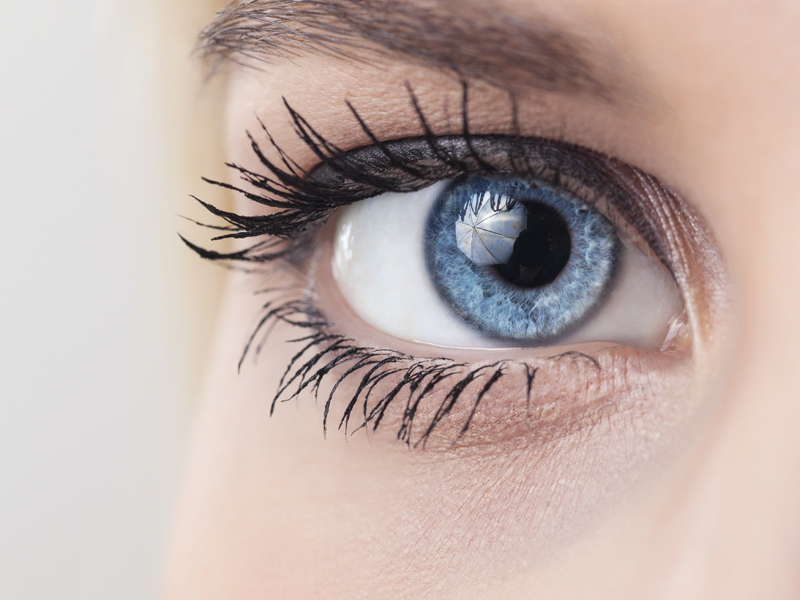Karen Brown was a young bride in her early 20s when she lost her sight. Now, close to four decades later, she is part of a trial for the Argus II, a retinal prosthesis system doctors hope will bring them another step closer to helping the blind see.
Brown was diagnosed with retinitis pigmentosa, a degenerative eye disease that can cause severe vision impairment and blindness. She first heard about the Argus II, also known as the bionic eye, when she visited her eye doctor in early 2015 and jokingly asked him about the latest and greatest treatments. She was intrigued when he explained how the retinal prosthesis system uses a chip implanted behind the eye to stimulate the retina with small electrical pulses.
After determining she qualified for the implant, Brown made a trip to Duke University in North Carolina to get pre-screened. The surgery was expensive, and even though Medicare ended up changing some of their restrictions, Brown still came up $5,000 short.
“I prayed about it and put my thoughts on Facebook,” Brown says. Shortly thereafter, an anonymous donor gave her the additional money she needed to pay for the surgery. “Lots of strangers helped out,” she says. “I was so touched.”
Brown’s surgery was performed on February 9, 2016, at Duke University. It was only the third such surgery to take place at that facility, and it was the first for Brown’s surgeon, Dr. Lejla Vajzovic.
“It’s incredible to be working with something that is the first of its kind,” says Dr. Vajzovic, an ophthalmologist. “While this particular device will not help blind patients regain all of their vision, it is a humongous accomplishment to have technology that can stimulate the retina and help the brain process that information.”
During surgery a chip just a few millimeters long and covered with 64 electrodes is implanted in the retina, a thin layer of tissue at the back of the eye. A pair of sunglasses with a miniature camera captures real-time images and sends them to a small processing unit worn across the chest and shoulder like a purse. The images are converted into electrical signals and sent back to the glasses. A coil transmits the signals wirelessly to the implant, which then stimulates the retina with small pulses of electricity. The pulses travel along the optic nerve to the brain and are perceived as patterns of light. With practice, the brain can learn how to interpret those light patterns as objects and shapes.
Duane Tsutsui, head of marketing at Second Sight, the company that designed and manufactures the Argus II, reiterates the device is not a cure for blindness, but it is a tool people can use in combination with other aids, like a Seeing Eye dog or a cane.
“We are working on constantly refining the technology we use,” Tsutsui says. “Right now patients with the implant can see contrast and outlines of shapes. We are focused on making improvements in the resolution and passing that technology on to patients through software updates so they can get more benefits from the device over time.”
Brown say she sees flashes of light where there is contrast. For instance, the difference between the light gray color of a sidewalk and the darker color of the grass next to it. Immediately after the surgery she could tell the difference between the door and the wall when she was wearing the glasses. On the way back from Duke to her home in Virginia Beach, Virginia, she and her sister stopped at Cracker Barrel for something to eat and she could make out where the silverware and her glass of tea were on the table.
Although she knows the device won’t completely restore her lost sight, Brown is optimistic about the capabilities of the Argus II. She has set high expectations for herself and works with the device each day to train her brain to interpret the patterns of light she sees. A magnetic board with shapes of a contrasting color sits on her kitchen table and she uses the Argus II to identify their outlines, which she then traces with her index finger to confirm their shape.
Brown is excited that she is part of history in the making and is eager about what advancements the future holds. “There may not be a cure for blindness in my lifetime,” she says, “but things can only get better. If my being part of this trial can help someone else down the way, I want to do that.”
For more information about the Argus II retinal prosthesis, visit www.secondsight.com.

